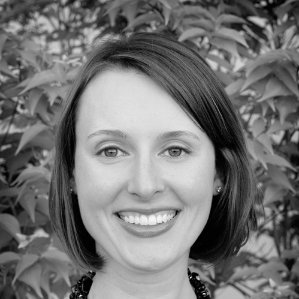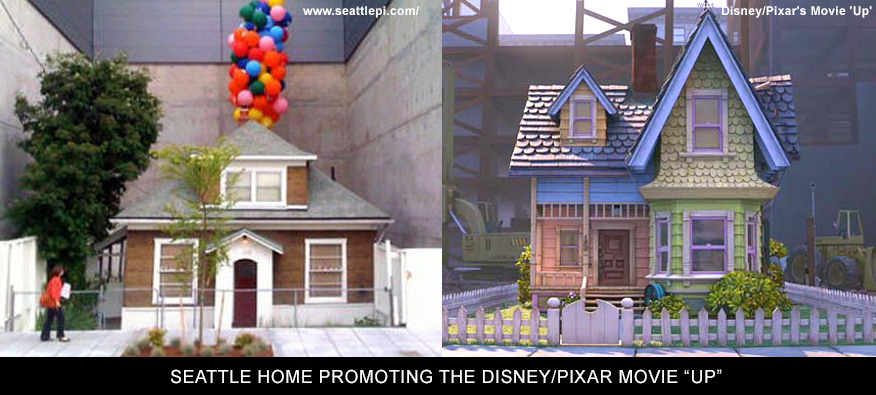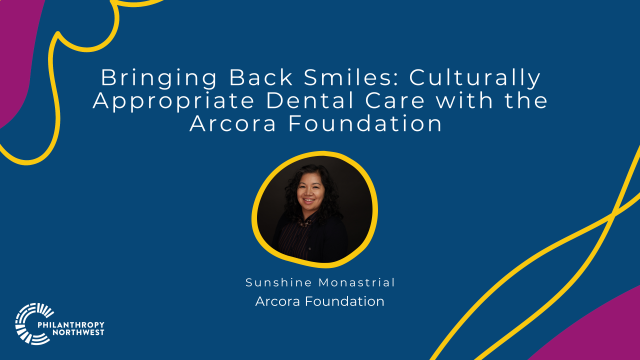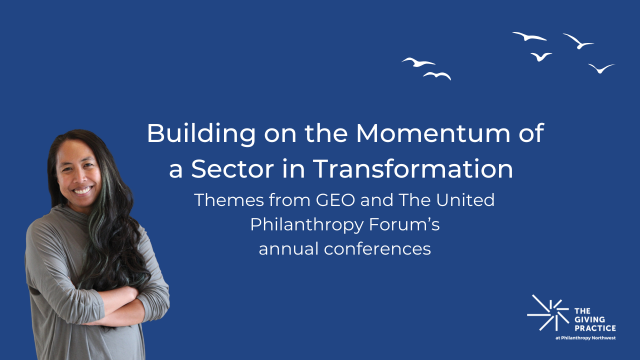Allison Parker, Director of Gift Planning and Impact Investing Lead, The Seattle Foundation While reading my four-year-old son a “Five Minute Story” from the Disney/Pixar movie Up, I told him about how the Up house from the film reminded people of the Seattle home squeezed between the big gym and Trader Joe’s, down by the Ballard Bridge. I told him that Mommy is in the midst of a project at work that is also inspired by the Up house. I lost him somewhere between impact investment and donor advised funds, but he did understand that some members of our community — like teachers and restaurant servers — can’t afford to live in Seattle, and my job is to help bring people together to solve this problem.
While reading my four-year-old son a “Five Minute Story” from the Disney/Pixar movie Up, I told him about how the Up house from the film reminded people of the Seattle home squeezed between the big gym and Trader Joe’s, down by the Ballard Bridge. I told him that Mommy is in the midst of a project at work that is also inspired by the Up house. I lost him somewhere between impact investment and donor advised funds, but he did understand that some members of our community — like teachers and restaurant servers — can’t afford to live in Seattle, and my job is to help bring people together to solve this problem.
The Up house is a visual representation of the spirit of Bellwether Housing’s Seattle Futures Fund, an impact investment aimed at building more affordable housing in Seattle. I am working with Seattle Foundation donors who wish to deploy a portion of their donor advised funds (DAFs) into this investment.
The Seattle Foundation has been involved with impact investing since 2004. Together, foundation-directed investments, made from our discretionary funds and donor-recommended investments, made from DAFs, currently total $7.2 million, with 23 open transactions representing 22 different funds. Our donor-recommended investments are sourced and recommended by donors, funded from their Seattle Foundation DAFs. Our donors have made impact investments across the capital spectrum, from loans to equity investments; we are now on the cusp of rolling out a new impact investing product to them, which I can discuss in a future blog post.
Find a problem, fund a solution — and do your homework
If I had a nickel for every time I’ve heard, said, written or thought (or possibly even dreamt) the phrase "impact investing is one more tool in the philanthropic toolbox,” I could establish my own donor advised fund! All kidding aside, I believe that this statement is true. Impact investing is a valuable tool, but it is not the only solution or the right fit in all circumstances. For the vast majority of nonprofits, it will never replace philanthropy's Swiss Army knife: the general operations grant.
But for donors interested and ready to wield this more specialized DAF power tool, I encourage them to start by thinking about a local problem they want to help solve. If a promising solution has been identified, regardless of whether it’s provided by a nonprofit or a business, go after it! Various types of capital are needed to solve enduring social and environmental problems, including investments that may be made from philanthropic resources, as illustrated in Leslie Christian’s recent “Homeless in Seattle” blog post.
On the community foundation side, before you are inundated with requests, staff and trustees should develop a policy for donor-recommended impact investments. This policy should include criteria, considerations, fees and minimums. Take into consideration the reality of your foundation’s back-office resources, but don't be driven by it. Invite a manageable number of current donors and outside experts to help your foundation develop the policy. It’s reasonable for this to be a time-limited policy, such as 18–24 months. Openly communicate with your donors that this is a learning experience for your community foundation and that the policies, including fees and minimums, may evolve over time. As we develop and refine our own process and policies, we have been adding these documents to the templates bank at Mission Investors Exchange.
In the spirit of collegiality among community foundations, my blog for Philanthropy Northwest will describe my experiences with donor-recommended impact investing in the hopes that it will save you some heartache, and that you’ll pay it forward as well. Upcoming posts will include tips related to back-office readiness, marketing and communications, engaging with experts broadly across the field, working shoulder-to-shoulder with your donors, and lessons yet to be learned. What else would you like to hear about?
As any parent will tell you, reading those “Five Minute Stories” takes longer than you anticipate, as is the case with making impact investments from DAFs at community foundations. That said, both are absolutely worth it.

Allison Parker has worked for The Seattle Foundation since 2006; she currently serves as director of gift planning and impact investing lead. This is the first post in her bimonthly blog series for Philanthropy Northwest about mission investing.


